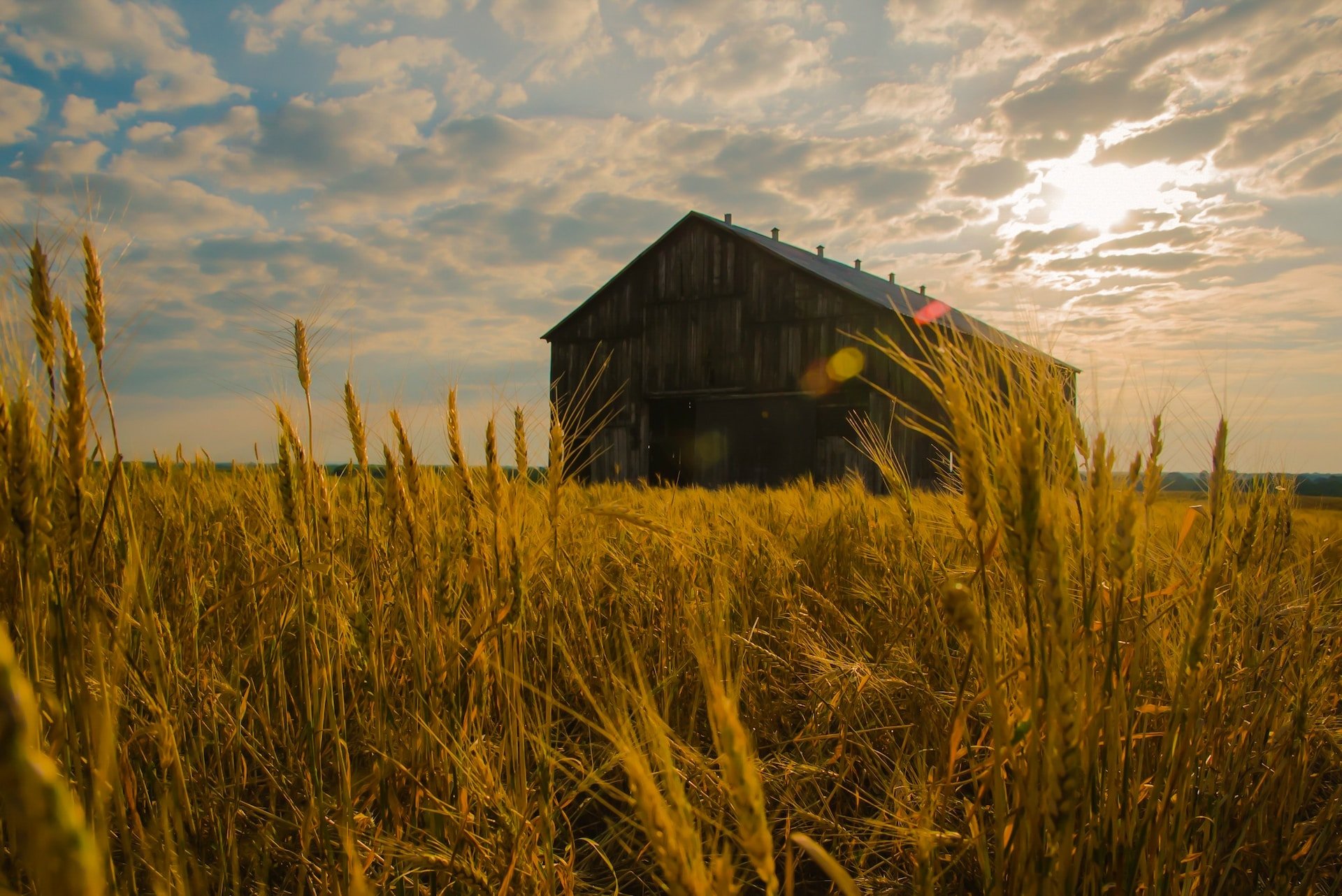How to Successfully Get a Class Q Application Approved
Securing approval for a Class Q barn conversion can feel daunting, especially when navigating the intricacies of planning rules in rural areas. But with the right preparation and approach, it’s absolutely achievable, and can unlock significant value from otherwise unused buildings.
At TUK Rural, we’ve helped landowners across the country gain Class Q approval and make the most of their assets. Here’s what you need to know if you’re considering applying.
Start with the Right Building
Class Q only applies to existing agricultural buildings, so the first step is understanding whether your building is eligible. It must have been part of an established agricultural unit and used for agricultural purposes on or before 24th July 2023, in line with the updated regulations. That means buildings used for equestrian purposes or other non-agricultural uses may not qualify, unless you can demonstrate lawful agricultural use before 24th July 2023.
It’s also worth checking the building’s location. If it’s in a conservation area, national park, or AONB, Class Q usually doesn’t apply. But don’t rule it out without a proper assessment. Every site is different, and some exceptions do happen.
Get a Planning Feasibility Report
Before you do anything else, get professional advice. Our Planning Feasibility Report offers a quick and cost-free way to find out whether your project is viable under Class Q, and what the key risks or blockers might be.
The report assesses your building against all the Class Q criteria, looks at any potential planning constraints, and gives you clear, pragmatic advice on the next steps. It’s not about selling a dream; it’s about giving you the facts so you can make an informed decision.
Understand What’s Allowed Under Class Q
Class Q permits the conversion of agricultural buildings to up to ten small dwellinghouses (max 150m² each), with an overall maximum of 1,000m² per established agricultural unit. You can make structural alterations, such as installing windows and doors, and you may extend the building’s footprint with a 4m rear extension, subject to a hardcore yard already being established.
Design matters too. While aesthetics aren’t assessed in the same way as with full planning applications, conversions that respect the building’s agricultural character and local vernacular tend to achieve smoother approvals.
Prepare a Strong Application
A successful Class Q application needs more than a simple form. You’ll need to provide:
Existing and proposed floorplans and elevations
Structural assessments to show the building is capable of conversion
Contamination and flood risk reports (if relevant)
Clear evidence that the building meets the Class Q criteria
Getting these documents right, and telling a clear story about the viability of your proposal, can make the difference between approval and rejection.
Know When to Fight Your Corner
Not every application sails through. Sometimes planning officers push back, especially on issues such as structural integrity or previous use. But that doesn’t have to mean it’s game over.
We’ve supported clients through appeal processes, planning disputes, and reapplications. Sometimes a few small changes are all that’s needed to turn a “no” into a “yes.”
Talk to Experts
At TUK Rural, we specialise in rural planning and architecture. We know the Class Q rules inside out, and we know how to apply them in real-world scenarios. Not just on paper.
Whether you’re at the idea stage or ready to apply, we’re here to help you unlock the full potential of your agricultural building.

